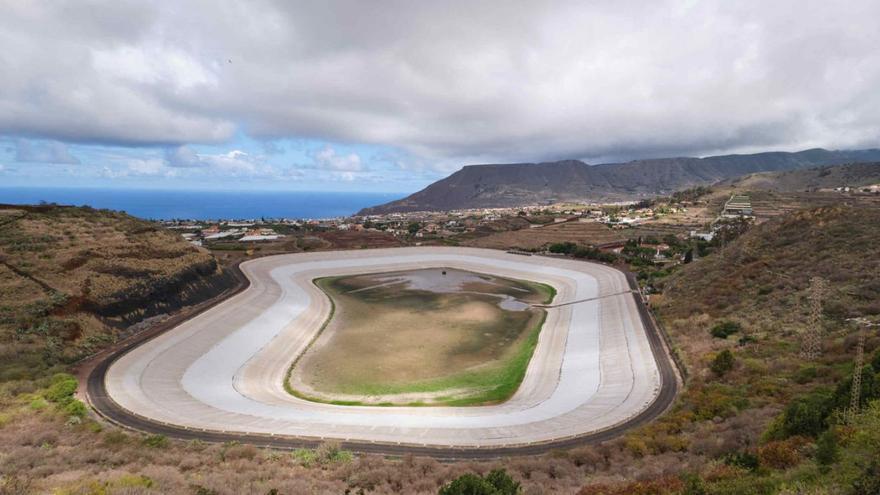
La Laguna, Tacoronte, El Rosario, Tegueste and El Sauzal advocate for improvements in the management and use of water for agricultural irrigation. The five municipalities in the Northeast have agreed on proposals to enhance the situation faced by the agricultural sector in the region. These proposals will be presented to the Tenerife Island Council, its public company Balten, and the Island Water Council of Tenerife (Ciatf).
These measures aim to enhance efficiency in the distribution networks, such as the Northern Canal, in order to minimize current losses; execute the Valle Molina–Mesa Mota pumping project; improve the water quality of the Santa Cruz treatment plant to supply all subscribers of Balten, including this region, and implement a comprehensive training and advisory plan to improve land and water management, facilitating the transition from conventional to agroecological production models.
Simultaneously, they demand better hydrological planning to ensure agricultural irrigation water in all farming areas; the reactivation of non-operational hydraulic infrastructures and the development of the regional desalination project in Cueva de la Negra. In the long term, they advocate for building reservoirs in Tacoronte, El Rosario, and La Laguna–Tegueste, as well as the necessary investment to modernize and expand irrigation networks and implement natural purification in isolated or dispersed rural areas.
The five municipalities held a meeting chaired by the Mayor of Tacoronte, Sandra Izquierdo, with the Councillor for Primary Sector, Arsenio Gómez, as well as their counterparts Julián Rodríguez (Tegueste); Fidel Vázquez (El Rosario); and Francisco Hernández (El Sauzal), in addition to Aitor Andrés López, representing the City Council of La Laguna.
They conducted a thorough evaluation of reclaimed water from the Valle Molina treatment plant (Tejina–Valle de Guerra) and the process to complement it with water from the Santa Cruz treatment plant, along with “the inadequate supply of water provided by Balten to agricultural areas through existing reservoirs and irrigation networks.” This shortfall continues to negatively impact the sector in the region, as the demand still exceeds the supply provided by the public entity under the Island Corporation.















